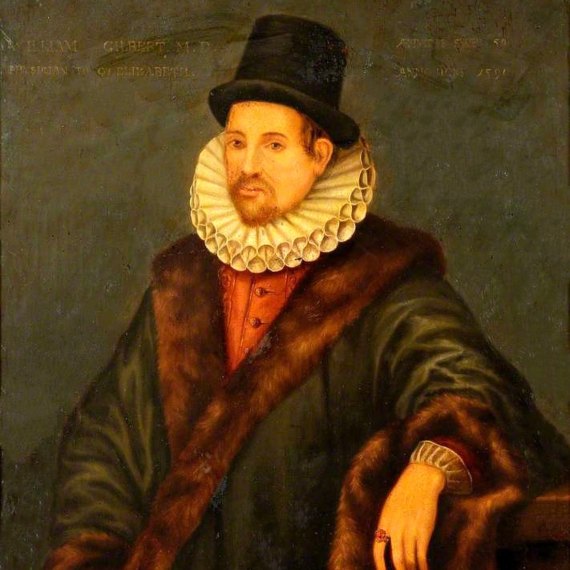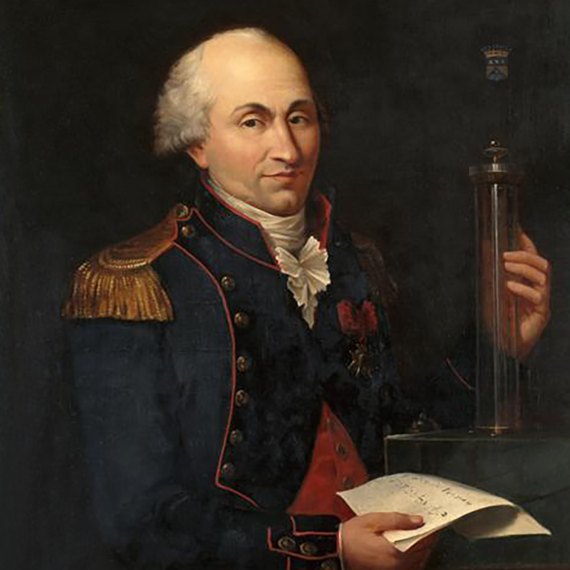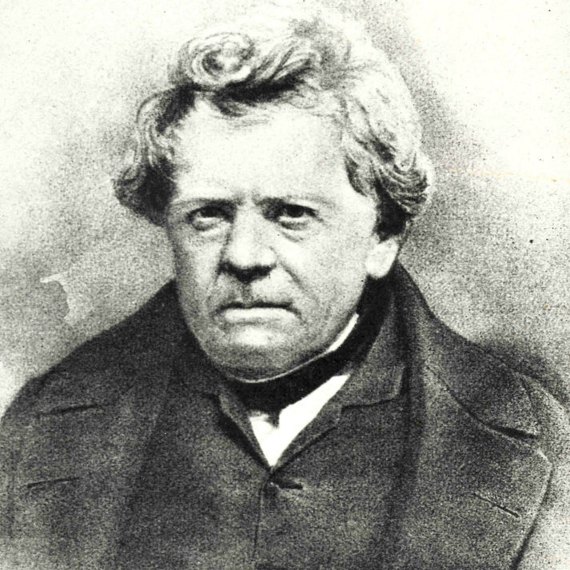Nowadays it would be difficult for us to live without artificial light, without taps that supply us with hot and cold water, without heating or without vehicles that transport us from one place to another. But even if we associate these comforts with different energy sources, all of them depend irremediably on one and the same technological advance: electricity. Without the mastery, production and distribution of this energy, we would return to a medieval world based on animal traction and fire.
But electricity is not only the foundational pillar of technological civilisation, but also one of the best examples of scientific progress as a collective work, fruit of the contributions of numerous fathers. Here we review the contributions of the principal geniuses who deserve a special place in the Olympus of the history of electricity.
William Gilbert
Static electricity has been known since ancient times, but it was in 1600 that the British man of science William Gilbert (24 May 1544 – 30 November 1603) first approached its scientific study. Fulfilling the commission of Queen Elizabeth I of England to study the functioning of the compass, Gilbert discovered that magnetism was related to the attraction that amber exerted on small objects when rubbed. Gilbert coined the term for this phenomenon electricus, from the Greek word for amber, elektron.

Source: Wellcome Library
Benjamin Franklin
After Gilbert’s studies, other men of science began to investigate the properties of this strange electrical matter that could be created, stored in so-called Leyden bottles, and transmitted through wires. However, evidence was lacking that this mysterious fluid existed outside of laboratories. It was American polymath Benjamin Franklin (October 18, 1785 – November 5, 1788) who, in 1752, with his famous kite experiment, demonstrated that the energy of storms and the energy of Leyden’s bottles were the same thing, thereby establishing the science of electricity.

Source: Wikimedia
Luigi Galvani
In the 1780s, the Italian scientist Luigi Galvani (9 September 1737 – 4 December 1798) and his wife, Lucia Galeazzi, described “animal electricity” as the power that nerves transmitted through a liquid medium to trigger muscle movement. The idea of galvanism attracted popular interest in the electricity of living beings, to the point of inspiring writer Mary Wollstonecraft Shelley to write her work Frankenstein or the modern Prometheus. The work of the Galvanis laid the foundations for the later knowledge of the electrophysiology of the nervous system.

Source: Wikimedia
Alessandro Volta
A contemporary and friend of Galvani’s, although a rival in the scientific field, the also Italian Alessandro Volta disputed the theory of animal electricity, claiming that the current observed in his colleague’s experiments with frog legs had an external origin. When Volta replaced biological material with cardboard soaked in a salt solution, he invented the first battery, a constant source of electrical current that did not depend on electrostatic generation.
The invention of the voltaic battery in 1799 offered scientists a valuable tool for the study of electricity. In recognition of his work, his name was given to the unit of electrical potential, the volt.

Source: Mike Licht
Charles-Augustin de Coulomb
In the second half of the 18th century, scientists such as Joseph Priestley or Henry Cavendish, both English, began to observe experimentally that the force of attraction or repulsion between two charges depended on the magnitude of the charges and was inversely proportional to the distance between them, like the gravitational force described by Isaac Newton. It was French engineer and physicist Charles-Augustin de Coulomb (14 June 1736 – 23 August 1806) who in 1785 formulated the law that bears his name. In 1908 the unit of charge, the coulomb, was named in his honour.

Artist: Louis Hierle
André-Marie Ampère
If Coulomb’s impetus was decisive for the formulation of electrostatics, it was his compatriot André-Marie Ampère who laid the foundations of electrodynamics. Based on the earlier work of Danish physicist and chemist Hans Christian Ørsted, in the 1820s Ampère began to give physical and mathematical form to the force of attraction or repulsion between two parallel wires conducting electric current. Ampère’s force law opened the way to the understanding and mathematical definition of electromagnetism, which in 1881 was recognised by assigning the name of ampere to the unit of measure of electric current.
Georg Ohm
While Ampère was investigating the force in action between two electric wires, German physicist and mathematician Georg Ohm (16 March 1789 – 6 July 1854) was using Volta’s batteries and self-designed devices to study how the current (I) varied according to the applied voltage (V) and the resistance of the circuit (R). This issue had already interested scientists like Cavendish, who used his body to close the circuit and experience the force of the electric shock in each case. The law summarising Ohm’s results, I = V/R, may seem almost obvious today, and yet the publication of its original formulation in 1827 aroused more suspicion than applause. Subsequently, Ohm’s contribution would be embodied in the name of the unit of electrical resistance, the ohm.

Source: Wikimedia
Michael Faraday
During the nineteenth century, the era of the flourishing of electrical science, there were numerous scientists dedicated to unravelling the physical and mathematical principles of electricity. But someone had yet to turn all that knowledge into practical technology, and in this field Englishman Michael Faraday (22 September 1791 – 25 August 1867) stood out with his development of what would become the electric motor. However, Faraday did not limit himself to invention, and his observations would provide the material to build a complete theory of electromagnetism. He was a self-taught scientist whose humble origins led him to work for chemist Humphry Davy, not only as an assistant but also as a valet. Faraday’s genius led to his fame surpassing that of his mentor, and today the unit of electrical capacitance bears his name, the farad.

James Clerk Maxwell
It can be said that the finishing touch to the golden age of electrical science was the work of Scottish scientist James Clerk Maxwell (13 June 1831 – 5 November 1879), who between 1861 and 1862 published a set of equations that turned Faraday’s intuitive observations into a complete theory of electromagnetism. Maxwell’s equations, eventually reduced to four, collected and summarised all the work of his predecessors to serve as tablets of law under the unified realm of the electromagnetic field. In turn, and given that science is usually a collective construction without beginning or end, Maxwell’s equations would be in the following century one of the starting points for the birth of another new science: quantum physics.

Source: Wikimedia
Comments on this publication